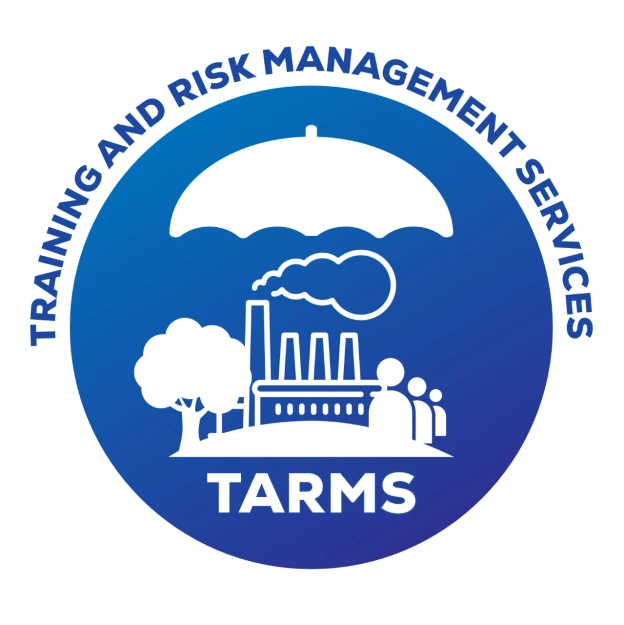
Psychological Safety and Remote Work Environments
The New Challenge of Virtual Teams
With the rise of remote and hybrid work models, building psychological safety has become even more challenging. Virtual environments often lack non-verbal cues, leading to misinterpretations and reduced trust among team members.
- Creating Psychological Safety in Remote Teams
- Regular Check-Ins: Schedule one-on-one and team check-ins to maintain open communication.
- Use Collaborative Tools: Tools like Slack, Microsoft Teams, or Zoom can foster real-time collaboration and transparency.
- Normalize Written Feedback: Encourage employees to share thoughts via digital platforms without fear of reprisal.
- Digital Safe Spaces: Create virtual forums or anonymous suggestion tools for employees to share concerns freely.
Example: Remote-first companies like Buffer have built a strong culture of psychological safety by encouraging asynchronous communication and transparent documentation.
Psychological Safety and Mental Health
-
Connection Between Psychological Safety and Mental Well-Being
A lack of psychological safety can exacerbate mental health issues, including stress, burnout, and anxiety. Conversely, psychologically safe workplaces contribute to better emotional well-being and resilience.
- Mental Health Support Initiatives
- Provide Employee Assistance Programs (EAPs).
- Promote Mental Health Days.
- Train managers to recognize early signs of burnout and mental health struggles.
- Encourage open conversations about mental health challenges without fear of stigma.
Example: Unilever has implemented mental health training for managers, ensuring psychological safety while addressing emotional well-being.
Psychological Safety Across Organizational Levels
-
Individual Level:
- Self-awareness training to help employees understand their communication styles and triggers.
- Encourage personal responsibility for fostering team trust.
Team Level:
- Encourage open brainstorming sessions.
- Set norms for respectful communication during team discussions.
- Create peer-support networks.
Organizational Level:
- Embed psychological safety principles in corporate values and HR policies.
- Ensure senior leadership visibly models desired behaviors.
- Regularly audit and review workplace psychological safety practices.
Case Studies of Success and Failure
Success: Microsoft
Under Satya Nadella’s leadership, Microsoft shifted from a culture of “know-it-alls” to “learn-it-alls.” This cultural transformation emphasized curiosity, continuous learning, and psychological safety, leading to increased innovation and collaboration.
Failure: NASA’s Columbia Disaster
In the Columbia Space Shuttle disaster (2003), engineers noticed potential risks but felt uncomfortable escalating concerns due to hierarchical barriers. The lack of psychological safety played a significant role in this tragic failure.
Key Lesson: A psychologically safe environment ensures all team members can raise concerns without fear, regardless of rank.
Tools and Frameworks for Building Psychological Safety
Fearless Organization Scan (FOS)
Developed by Dr. Amy Edmondson, this tool helps teams measure their current psychological safety level and identify areas for improvement.
Team Retrospectives
Regular retrospective meetings allow team members to reflect on processes, share concerns, and propose improvements.
Anonymous Feedback Platforms
Use tools like Officevibe, Culture Amp, or SurveyMonkey to encourage anonymous feedback.
Future Trends in Psychological Safety
AI and Psychological Safety
Artificial Intelligence (AI) tools can help monitor psychological safety indicators through sentiment analysis and employee engagement surveys.
Psychological Safety Metrics in ESG (Environmental, Social, Governance) Reports
Companies are increasingly including psychological safety metrics in their ESG reporting as part of their social responsibility agenda.
Focus on Neurodiversity
Organizations are recognizing the importance of psychological safety in supporting neurodiverse employees, such as those with ADHD, autism, or dyslexia.
Action Plan for Organizations to Build Psychological Safety
Step 1: Leadership Training
Educate leaders on the importance of psychological safety and provide tools to foster trust.
Step 2: Create Open Dialogue Spaces
Host town halls, Q&A sessions, and safe-space discussions.
Step 3: Implement Feedback Loops
Use continuous feedback mechanisms to address concerns.
Step 4: Develop a No-Blame Culture
Focus on problem-solving instead of finger-pointing.
Step 5: Track Progress
Regularly measure psychological safety through surveys, focus groups, and KPIs.
Psychological Safety in High-Risk Industries
Healthcare:
- Encourage reporting of near misses and safety hazards without fear of punishment.
- Promote regular debrief sessions after critical incidents.
Aviation:
- Adopt the Just Culture principle, where mistakes are viewed as learning opportunities rather than grounds for punishment.
Construction:
- Equip supervisors with soft-skills training to build trust on-site.
- Encourage open discussions about safety hazards.
Final Call to Action
Leaders and organizations must commit to creating an environment where every individual feels safe, valued, and empowered to contribute their best work.
- Start conversations about psychological safety in your team today.
- Encourage openness, respect, and trust in every interaction.

